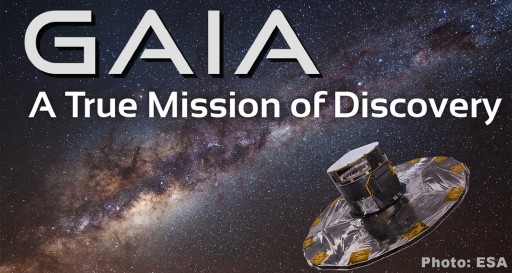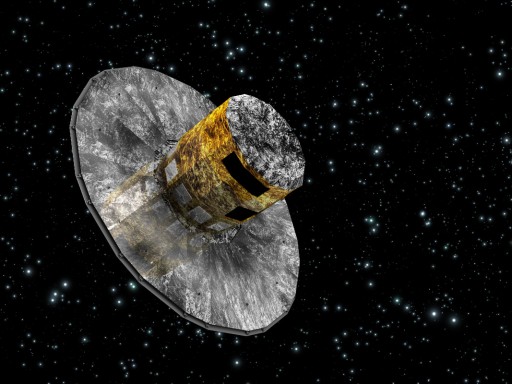 Mission Updates
Mission Updates
Mission Updates (2013/14)
Mission & Orbit Design
Spacecraft Overview
Instrument Information
Gaia Science
Launch Info
Archived Launch Coverage
Gaia is a space observatory operated by the European Space Agency that sets out to create a 3D space catalog of 1 billion stars – determining star positions, distances and star motion at an unprecedented accuracy. Also, the spacecraft continues the search for extra-solar planetary systems, asteroids and distant quasars. In addition, Gaia takes a look at fundamental physics, testing Albert Einstein’s Theory of General Relativity.

Data provided by Gaia will create an extremely precise 3D map of stars in the Milky Way and beyond. Tracking the motion of stars will allow scientists to determine the origin of stars and the evolution of the Milky Way galaxy. Spectrophotometric observations provide detailed physical properties of each star that is being observed – including mass, luminosity, effective temperature, gravity and elemental composition. This data will allow scientists to determine the origin, structure and development of galaxies, solar systems and extrasolar planets/planet systems as well as quasars and asteroids.
Gaia will be launched atop a Soyuz 2-1B Rocket with a Fregat Upper Stage in November 2013 and enter an Lissajous orbit around the Earth-Sun Lagrange Point 2 – about 1.5 Million Kilometers from Earth. Each object will be observed by Gaia about 70 times during the primary mission of 5+1 years to track changes in position and other physical properties over an extended period of time.
